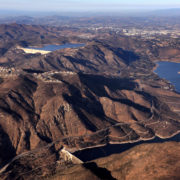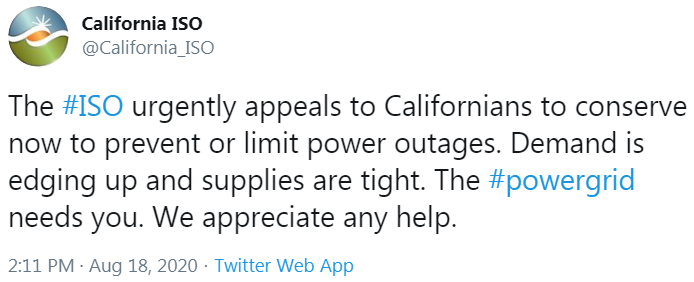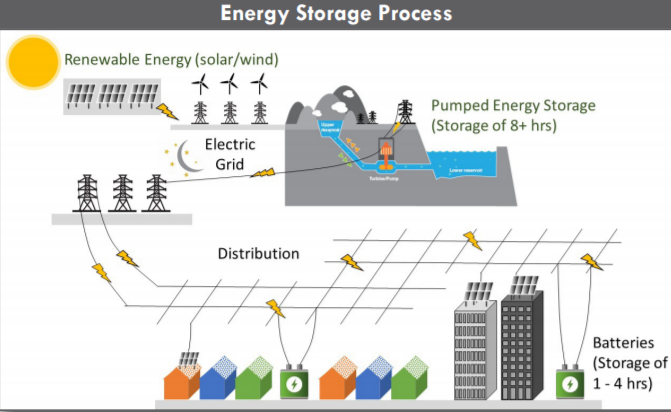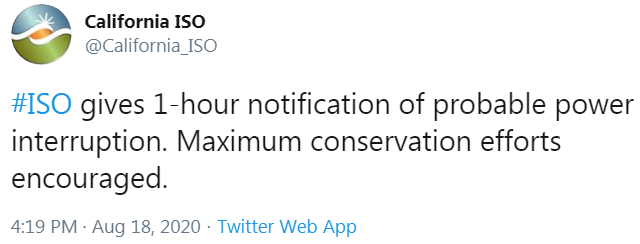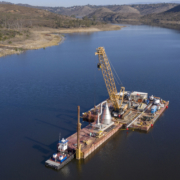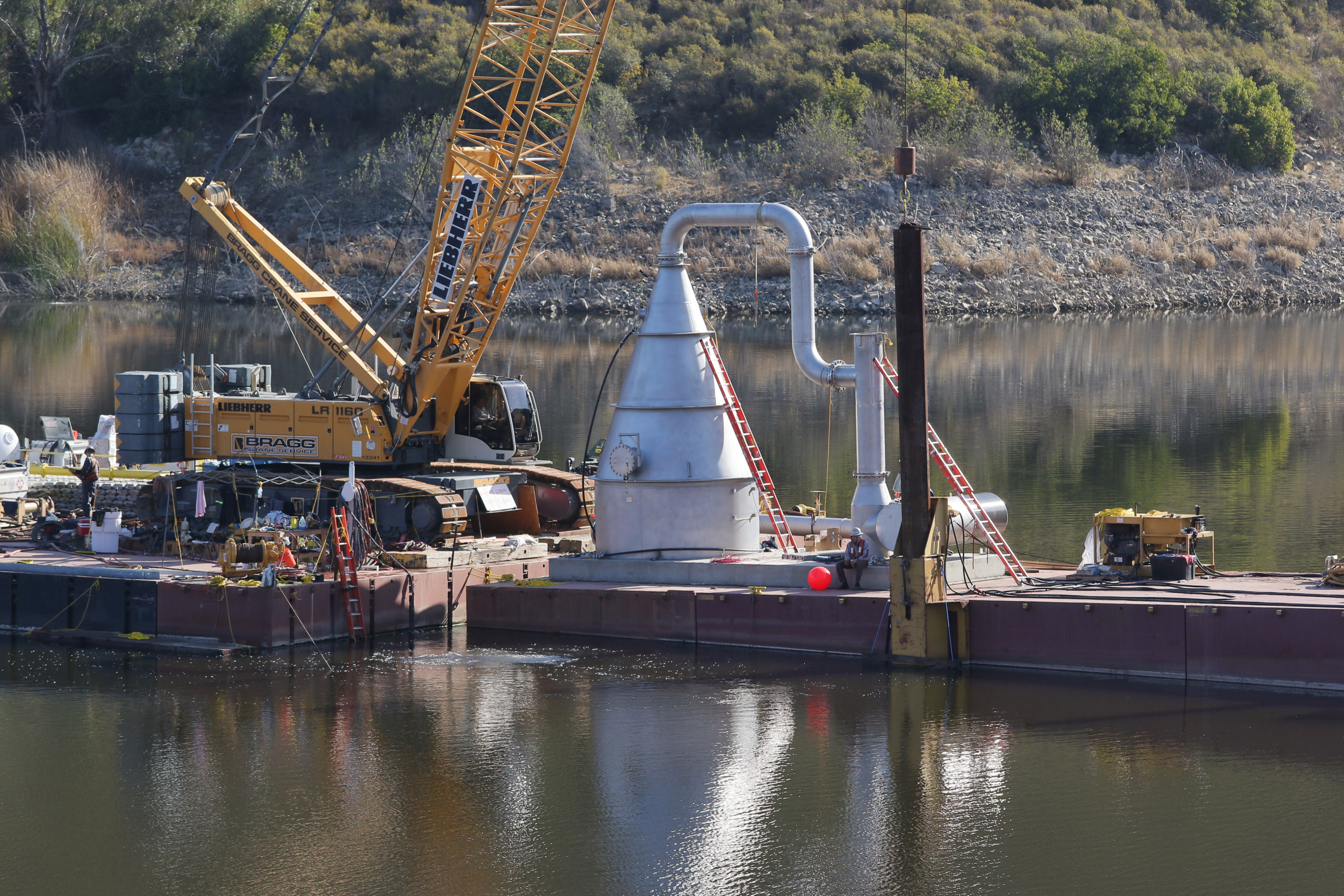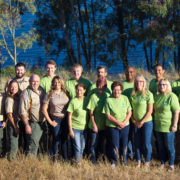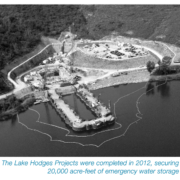People around the world know the San Diego region for its beautiful setting along the Pacific Ocean. But visitors, and even many local residents, aren’t aware of the recreational activities available year-round at area reservoirs.
There are 24 reservoirs in San Diego County. Of these, there are 18 fishable lakes and some offer overnight camping. Popular activities also include boating, kayaking, hiking, and picnicking.
Lake Jennings Reservoir, east of El Cajon, is called a “hidden jewel.” Lake Jennings Recreation Manager Kira Haley admits she didn’t know much about the lake even though she grew up in nearby La Mesa.
“It’s a beautiful resource, and it’s so close to home,” said Haley.

Volunteers help maintain the Lake Jennings campsites, which include five tipis. Photo: Helix Water District
Volunteers help Lake Jennings operations become self-sustaining
Haley arrived in December 2014 with the goal of making the Lake Jennings self-sustaining. Recent park upgrades and an aggressive outreach program have attracted new visitors. The Helix Water District considered closing the park due to financial losses. But in 2018, Lake Jennings Park made a profit for the first time.
Onsite volunteers make a significant contribution to park operations. Onsite volunteers live full-time at Lake Jennings in campers and trailers in exchange for campsite space and electricity. They perform key roles by staffing the information and registration kiosk, monitoring and maintaining the 97 campsites, answering questions, and responding on-call 24 hours. All volunteers receive training in first aid and evacuation procedures.
“We find the volunteers through word of mouth or regular campers who retire,” said Haley. “Some work other jobs and still volunteer 24 hours each week. Their backgrounds are varied. Some have been with us for many years.”

Visitors can enjoy hiking year-round at Lake Jennings. Trail maps are available from volunteers at the campground kiosk. Photo: Helix Water District
Eight campsites are home to the volunteers, whether individuals or couples. Haley is currently recruiting new volunteers. The Helix Water District oversees the hiring process. Applications are now available on the Helix Water District website jobs page.
“It’s wonderful to live in a place like this in a natural open space situation,” said Haley. “There is a grocery store a mile away, but when you’re here, you feel like you’re in the wilderness. Everyone who comes out here is looking to have a great time. It makes for a wonderful work environment.”
Retired teacher puts her experience to work at Lake Jennings

Intending to stay six months, Lori Stangel has worked as an onsite volunteer host for five years. Photo: Helix Water District
Retired kindergarten teacher Lori Stangel returned to her native San Diego after working in Arizona. She and her husband Chuck found a notice online about Lake Jennings volunteer opportunities and thought the six-month assignment would provide an ideal transition. Five years later, the Stangels are still living and working at Lake Jennings.
“I love nature, and I love being outdoors,” said Lori Stangel. “I love working with the public, and I work for the best staff and administration at Helix you can imagine. They make me feel welcome; it means a lot to me.”
Stangel puts her 30 years of experience as an educator into her volunteer role.
“I get to educate people and families about nature through the outdoors,” said Stangel. “It’s a wonderful opportunity for retired people, but also for young people. They can still go to school or work part-time. It’s a win-win. I’m here because I love it.”
As a Ms. California Senior America pageant competitor, Stangel also spreads the word about Lake Jennings as a valued environmental resource in her personal advocacy platform.
Additional San Diego County Water Authority member agency recreational facilities with volunteer opportunities include Santee Lakes, Padre Dam Municipal Water District, and Elfin Forest Recreational Reserve, Olivenhain Municipal Water District.

